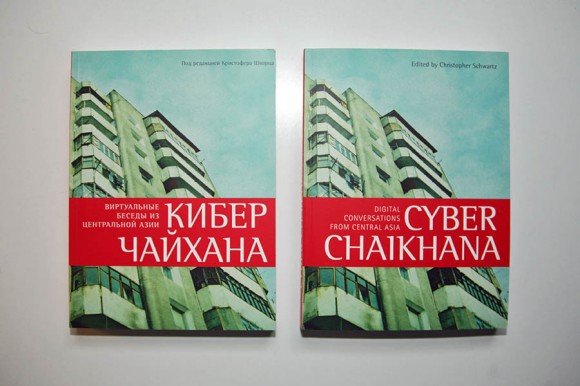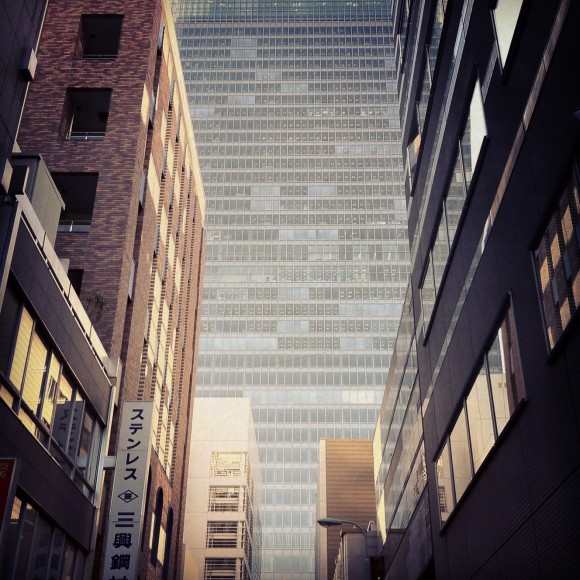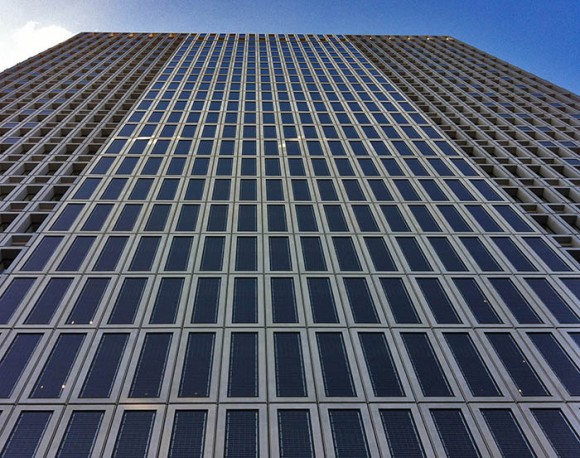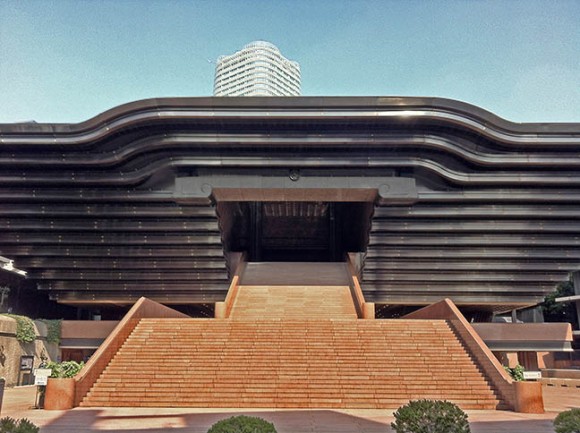This building occupies a special place in Tokyo’s architectural history. It is the city’s first skyscraper that got built only after tough regulation on earthquake resistance was dropped in select areas. Its 36 floors reach 147 meters in the sky. Aluminium and steel give the facade a fairly generic look. Today the building in the Kasumigaseki area of downtown Tokyo does not stand out much.
Monthly Archives: November 2012
Turkey
Part of the past occupation series: My predecessor in the asset management job had a penchant for all things Turkey and correctly predicted the constitutional court’s verdict on the AKP closure case back in 2008. So I kind of had to follow the country closely, also given the long-term EU convergence bet that is very popular in emerging market fund management. This resulted in three trips; all memorable and all quite meaningful given the institutional intelligence we had built over the years.
Cyber Chaikhana
Taking the online offline: this post is about a book project a few friends and I pursued over the last couple of years. Countless brainstorming sessions, endless nights in Den Haag spent working on the manuscript and a trip through Central Asia promoting the book have evoked great passion from many people. This post is about commemorating this.
City gardening
I sighted these tsumani walls made city gardens in Tsukuda (which is on a small reclaimed land island in Chuo ward, about 3 kilometers from the central station).
Cityscape
Shimizu headquarters
I’ve been walking quite a bit through town today. A fairly nondescript skyscraper / office building caught my eye, mainly because there was a delegation of suit-wearing business folk outside looking at the building inquisitively. A quick search and I found out it’s the brand-new Shimizu headquarters. Apparently the most eco-friendly office building in the world.
NOA building
Though his was hardly a household name, ask nearly any practicing architect of any age in Japan about Seiichi Shirai (1905-83), and the response is consistently one of admiration, if not reverence. An ardent philosopher, poet, and calligraphist whose life spanned an age of ever-increasing industrialization, Shirai the architect holds a special place in the hearts of designers today for the markedly individual and spiritual stance that informed his many works.
Susan Rogers Chikuba, taken from here
Just up the road from the Reiyukai temple is the NOA building, another architectural gem in Tokyo’s Azabu district, built in 1974. The 15-storey building consists of a red-brick pedestal of about 8 meters height and a steel-covered and sculpture-like upper part that is dotted with very few windows (although the 8th or 9th floor has a full-length one). The building’s architect, Seiichi Shirai, studied architecture and philosophy in the Berlin of the Weimar years. His most famous design has never been built.
Ukrainian winters
Part of the past occupation series: Of all the former Soviet republics bar those in Central Asia, I have been to the Ukraine the most. I spent a month in Odessa learning Russian as a student and went twice on work trips to Kiev.
Ukraine always seems to be caught in political turmoil and instability. There’s thus plenty to do for a political risk analyst, also given that the country’s bonds are the highest-yielding in Europe (of course except the peripheral EMU names). Unclear connections between the country’s business and political elite add to the flavour.
All that was at play when I went in the winter of 2009, just before Christmas. Minus 16 degrees celsius, a snowstorm sweeping through Kiev’s wide boulevards – and the threat of another gas cut looming. It’s not the most comfortable time of the year to visit. Continue reading
Reiyūkai temple
I first saw this building in passing, at night. A few days later I caught another sight. It looks like a spaceship that has fallen from the sky into downtown Tokyo. I wanted to find out a bit more and visited the Reiyukai Inner Trip temple last week. A very interesting experience, both architecturally and… well, spiritually.
Back to Beijing
Part of the past occupation series: As I prepare my third (and entirely touristic) trip to Beijing and Shanghai this December, I find that China is really the one big topic from my previous job that continues to fascinate me in my new daily life.
Trying to get to grips with China quickly became my favourite task at work, especially in the latter part of the job when I was responsible for formulating more global macro views. Although the country is neither a big fixed income nor equity market (at least for foreigners), it matters a big deal for all the obvious reasons.
I remember long and detailed discussions with one of my colleagues. We would fill flip chart after flip chart with models on China’s state-owned enterprises, its banks and theories of financial repression. Our discussions could get heated. He was more of a bear, I was a bit more bullish. For whatever that may mean today! If anything, I think he was right.
Although I had been to Xinjiang in 2004, I only visited Beijing five years later – for a whole comfortable week of tourism flanked by one and a half days of meetings with the usual mix of policymakers, analysts and diplomats. I coincided with one of my best friends from uni who had studied Mandarin for four years and had just finished a politics course at Nanjing University. I think I learned most about contemporary China from him.
We lodged in a fairly run-down but comfortable and authentic guest house in downtown Beijing, not too far from the Bell Tower.









